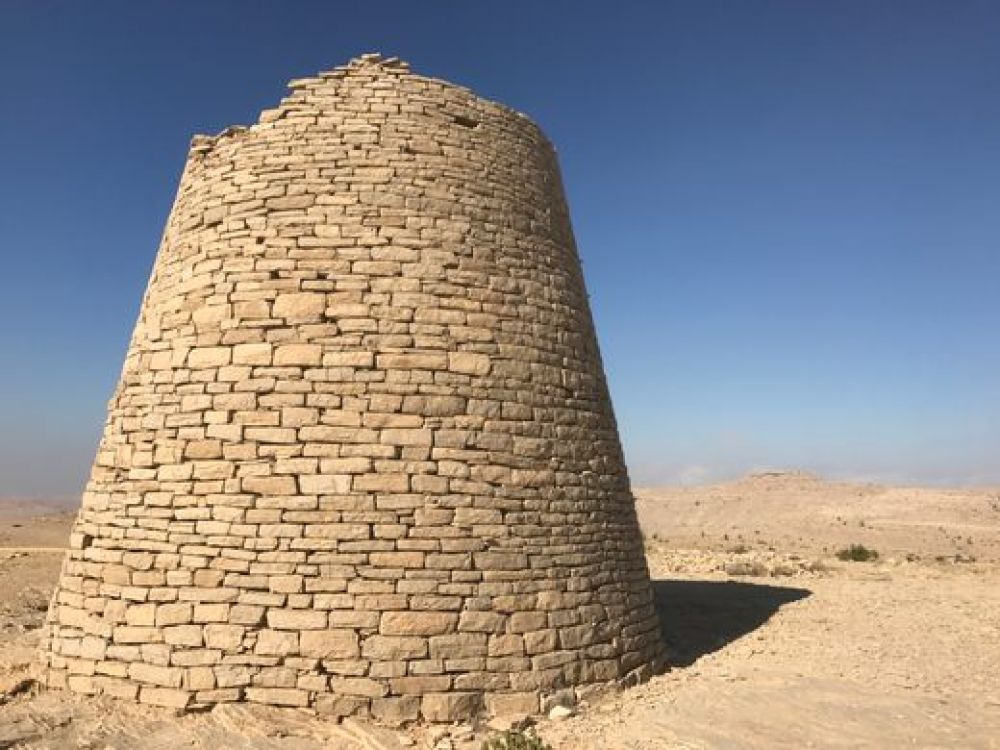

The Beehive Tombs, iconic for their unique shape resembling beehives, represent one of the most intriguing archaeological sites in the Sultanate of Oman, particularly near the town of Ibri. These ancient structures are believed to date back to the 3rd millennium BCE, making them over 5,000 years old. They are a testament to the engineering prowess and cultural practices of the Bronze Age inhabitants of Oman.
In 1988, these tombs were inscribed as a UNESCO World Heritage Site under the name "Archaeological Sites of Bat, Al-Khutm and Al-Ayn." The Beehive Tombs at Al Ayn form one part of this inscription and are especially well-preserved, offering a captivating glance into early human settlement in the Arabian Peninsula.
Tourism in the region has historically been a mixture of intrepid explorers and scholars with an interest in the ancient and archeological. However, in recent decades, there has been a concerted effort by the Omani government to promote the country's rich history and natural beauty, leading to a burgeoning tourism industry.
Oman's tourism sector has seen significant growth since the inception of the modern state in 1970 under Sultan Qaboos bin Said. This growth has only accelerated in recent years, with the Sultanate investing in infrastructure, accommodation, and marketing to draw international tourists interested in cultural heritage and archaeological sites like the Beehive Tombs.
Eco-Tourism: Oman has been developing its ecotourism sector, with a focus on conserving its rich biodiversity and landscapes. This trend is reflected in tours and activities that highlight sustainable practices and offer insights into Oman's natural heritage.
Digital Experience: With the rise of digital technology, virtual tours and extensive online resources have become more accessible, enabling prospective visitors to explore sites like the Beehive Tombs remotely before visiting.
Cultural Tourism: Oman is emphasizing its cultural assets, including the Beehive Tombs, by integrating cultural experiences with local guides who provide historical context and stories associated with the ancient tombs.
Adventure Tourism: The topography surrounding the Beehive Tombs is rugged and offers excellent opportunities for hiking and off-road excursions. This appeals to adventure tourists who wish to combine historical exploration with physical activity.
Visitors interested in exploring the Beehive Tombs should consider the best time to visit, which is from October to March when the weather is cooler. As the site is part of Oman’s heritage, it is important to treat the area with respect. Tourists are advised to hire local guides to gain a deeper understanding of the site’s history and significance. Accommodations can range from luxury hotels in nearby cities to more traditional and immersive options like desert camps.
Note: While the Beehive Tombs do not receive the same level of foot traffic as some other historical sites around the world, their importance to Oman's cultural narrative cannot be overstated. Both the government and local communities work to preserve their integrity, ensuring that they remain an integral part of the Omani landscape for generations to come.